Current Projects
UASI has unique opportunities to collaborate with NASA’s missions best minds and participate in various educational outreach activities through university programs in various disciplines, including Earth and space science, aerospace engineering, aeronautics, radiation science and technology, human health and performance in space, and space materials.
Showcased below are current missions funded and supported by UASI.
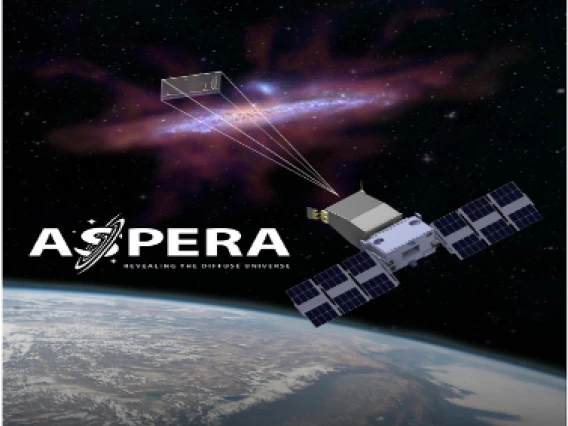
Aspera (a NASA SmallSat)
Aspera is a 60 kg satellite that will study galaxy evolution through observation of ultraviolet light. Data from Aspera will reveal the inflow and outflow of hot gases in the space between galaxies, known as intergalactic medium, a major component of the universe.
Aspera uses a larger variant of SFL’s scalable DEFIANT microsatellite platform. Aspera is funded under NASA’s Astrophysics Pioneers Program. The Aspera mission is studying galaxy evolution with a space telescope barely larger than a mini fridge. The telescope will allow researchers to observe galaxy processes that have remained hidden from view until now.
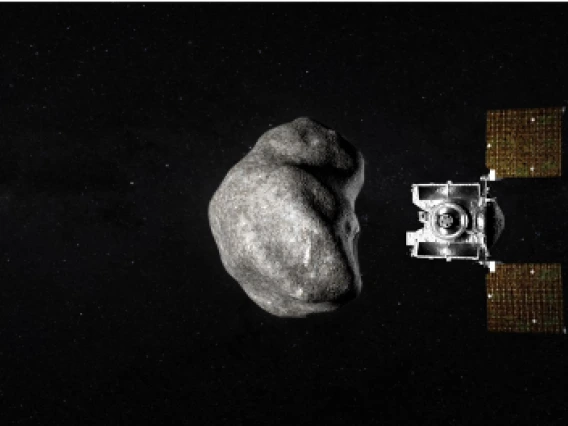
OSIRIS-APEX (extended mission of OSIRIS-REx)
OSIRIS-APEX is a mission to study the physical changes to asteroid Apophis that will result from its rare close encounter with Earth in April 2029. That year, Apophis’ orbit will bring it within 20,000 miles (32,000 kilometers) of Earth’s surface — closer to Earth than our highest-altitude satellites. Our planet’s gravitational pull is expected to alter the asteroid’s orbit, change how fast it spins on its axis, and possibly cause quakes or landslides that will alter its surface.
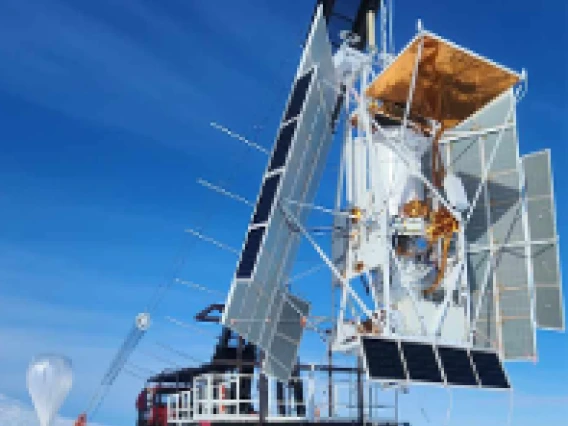
GUSTO (a NASA Explorer Balloon Payload)
NASA's GUSTO mission – short for Galactic/Extragalactic ULDB Spectroscopic Terahertz Observatory – will measure emissions from the interstellar medium, which is the cosmic material found between stars. This data will help scientists determine the life cycle of interstellar gas in our Milky Way galaxy, witness the formation and destruction of star-forming clouds, and understand the dynamics and gas flow in the vicinity of the center of our galaxy.
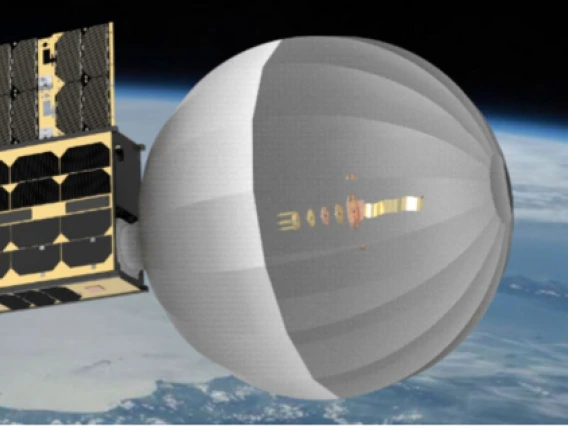
CatSat (a student led SmallSat Project)
CatSat is a 6U CubeSat built, tested, and flown by University of Arizona students, faculty, and staff in partnership with FreeFall Aerospace and Rincon Research Corporation. The spacecraft measures 30 by 20 by 10 centimeters (12 by 8 by 4 inches), or about the size of a family size cereal box. During the mission's expected lifetime, CatSat is slated to demonstrate and characterize the performance of a new inflatable antenna technology, record high frequency (HF) radio signals to probe the charges in the ionosphere, and take images of the Earth.
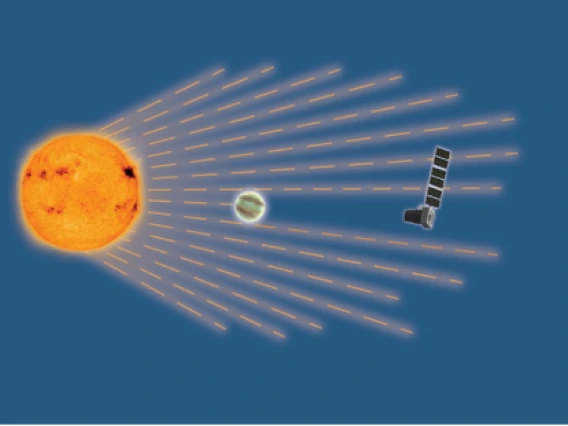
Pandora (a NASA SmallSat)
Pandora is a small satellite that was selected as part of NASA’s inaugural call for Pioneer mission concepts in 2021. It’s designed to study the atmospheres of exoplanets, or worlds beyond our solar system, and the activity of their host stars with long-duration multiwavelength observations. The project is a collaboration between NASA’s Goddard Space Flight Center, Lawrence Livermore National Laboratory, NASA’s Ames Research Center, and a host of other institutions.


